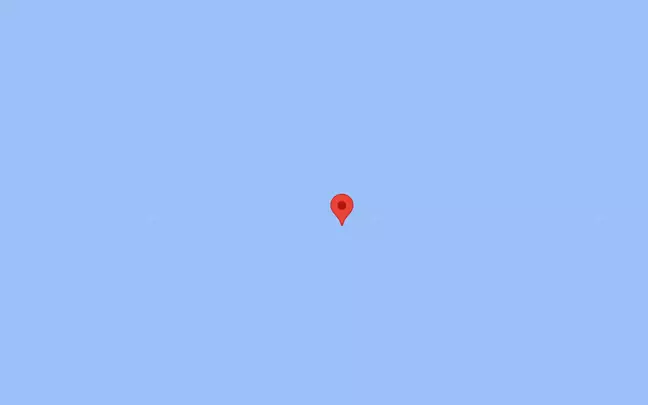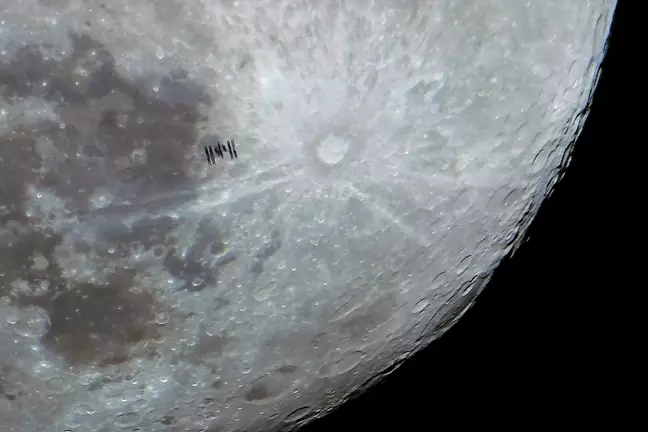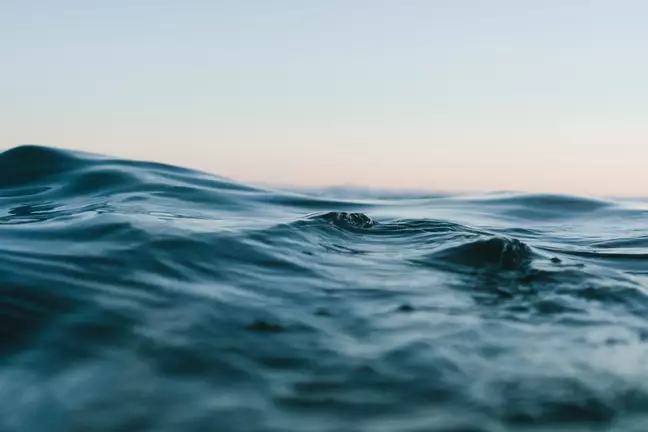In the vast expanse of the Pacific Ocean lies a location so isolated that the nearest inhabitants are aboard the International Space Station.
Congratulations, you’ve made it to the end of a month that seemed to stretch on for a hundred days.
Yet, if this alone doesn’t uplift your outlook for the remaining months of the year, and you still harbor the desire to pack up and venture as far away from the rest of humanity as possible?
Well, luck is on your side, as there exists a location on Earth so secluded that its nearest neighbors are, in fact, astronauts.
The conditions are harsh, with extreme winds and freezing temperatures, making it less than ideal for habitation.
On the flip side, perhaps you’ve truly reached your limit with a persistent parent or an overbearing co-worker.
So, where is this fabled place where you could evade your everyday worries, only to endure more physical hardships in return?

This is pretty much what you’ll see upon arrival. Credit: Google Maps
Situated far from nearly every point on the globe in the midst of the world’s largest ocean, Point Nemo, also known as the ‘Oceanic Pole of Inaccessibility,’ is located approximately 2,688 kilometers or 1,670 miles away from the nearest land.
Ducie Island, an atoll in the Pitcairn Islands, technically stands as the closest land in one direction from Point Nemo. However, it remains uninhabited, requiring one to venture even farther before encountering any human presence, especially if heading north.
If you head south from Point Nemo, you would arrive at Maher Island in Antarctica. Alternatively, heading northeast would lead you to Motu Nui Island, another uninhabited island near Easter Island.
The precise location of Point Nemo is determined by the coordinates of Ducie Island, Maher Island in Antarctica, and Motu Nui Island. This arrangement offers an intriguing solution to the ‘longest swim’ problem, as Point Nemo is equidistant from all three locations in the ocean.
In any case, the point – pardon the pun – is that it’s an incredibly remote location, far removed from any inhabited area.
In fact, like any isolated location situated more than 400 kilometers or 250 miles from civilization, the closest individuals to Point Nemo are often the astronauts aboard the International Space Station as it orbits overhead.

It’s closest neighbors are the astronauts in the International Space Station. Credit: Getty Images/ Yunus Turkyilmaz/ Anadolu
In 1992, Croatian survey engineer Hrvoje Lukatela initially designated the area, and he has subsequently verified the precise coordinates by utilizing Google Maps data for comparison with his initial discoveries.
The term “Nemo” is derived from a Latin word, not referencing a spirited orange fish, but rather meaning ‘no man.’ This association appears fitting when considering its origin.
The positioning of the oceanic pole renders it a practical location for lowering objects from considerable heights without posing a risk of harm to anyone.
As there is no one within thousands of kilometers, the area serves as an ideal location for the reentry of satellites and other spacecraft, allowing them to burn up in the atmosphere above this remote location.
This suggests the possibility of intriguing space debris resting beneath the ocean’s surface.
However, the vast depth of the sea in that region, approximately 13,000 feet or two and a half miles, makes the retrieval of such space debris highly unlikely.

Here’s what you’ll be greeted with. Credit: Pexels
Indeed, once the International Space Station outlives its usefulness, it will be intentionally submerged into the waters near Point Nemo. This occurrence holds a certain poetic quality, considering the well-known fact about this remote location.
The proximity of the two points is expected to significantly decrease around 2031, as NASA has indicated the possibility of bringing down the International Space Station by that time.
If you desire to journey to Point Nemo, simply head to the coordinates: 45º52.6S, 123º23.6W.
Anticipate a less-than-warm reception, and be cautious of falling satellites during your visit.





